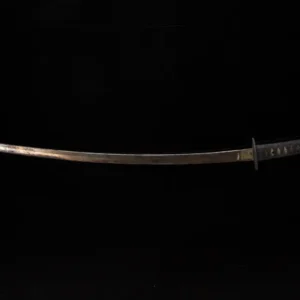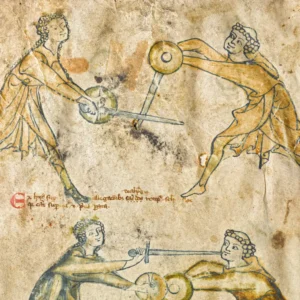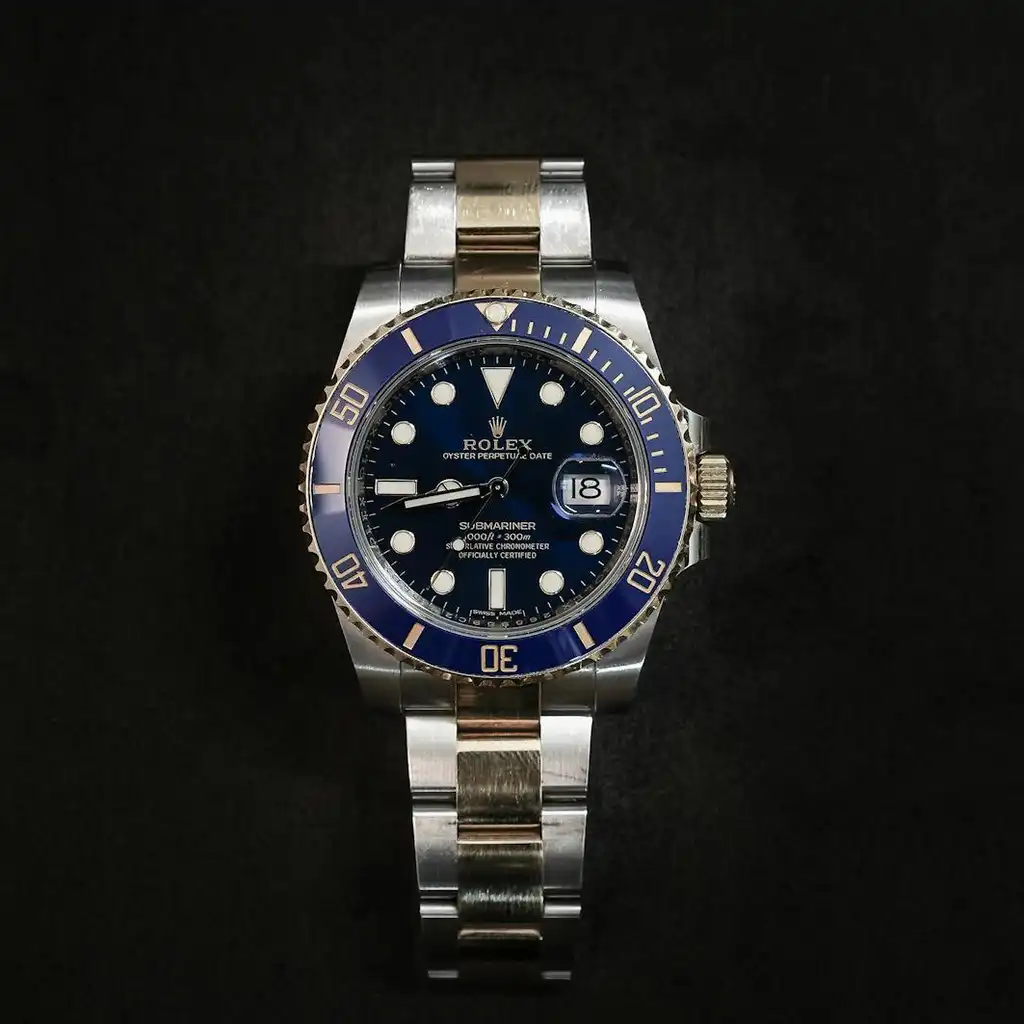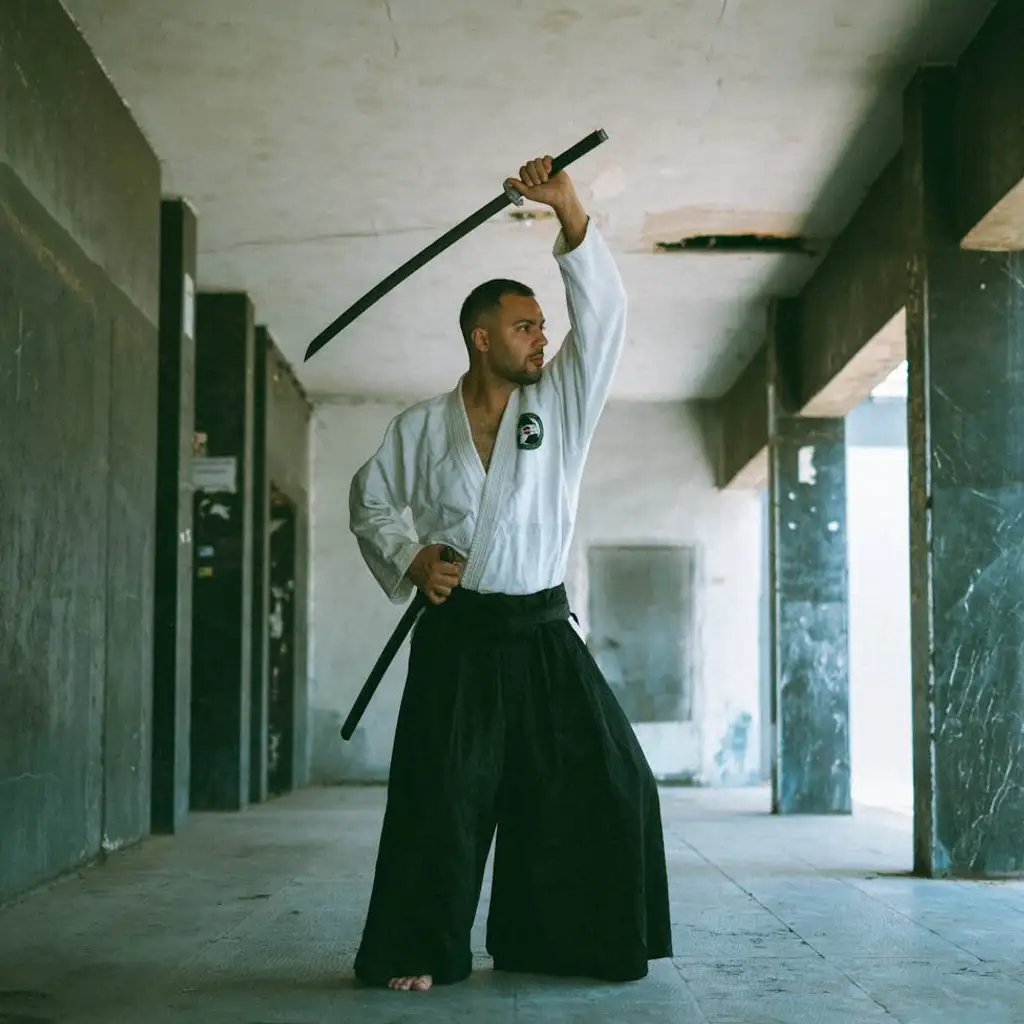The arming sword, often synonymous with the image of medieval chivalry, stands as a prominent symbol of the knightly era. While other swords like the katana or scimitar have their own allure, the arming sword is deeply rooted in the traditions of honor and valor, making it an ideal subject for delving into the anatomy of swords.
Originating from earlier weapons such as the Roman gladius and spatha, the arming sword is adept at both slashing and thrusting. Known for its lightweight design, it features sharp edges on both sides and has been meticulously classified by the esteemed sword historian Ewart Oakeshott.
Key Elements of the Arming Sword
1. The Blade: Typically measuring around 30 inches, the blade of an arming sword is characterized by its tapered point and sharpened edges. A central ridge, known as a fuller, runs along the blade, enhancing its strength while minimizing weight. These blades were traditionally crafted from carbon-steel and underwent a tempering process involving heating and quenching.
2. The Fuller: Commonly misidentified as a “blood-groove,” the fuller serves to fortify the blade and reduce its weight. Contrary to popular myths, it does not aid in blood drainage or prevent a vacuum effect.
3. Forte: Positioned near the hilt, the forte is the most robust section of the blade, essential for effective parrying and blocking.
4. Foible: Located at the blade’s opposite end from the forte, the foible is the weakest part, primarily used for cutting and slicing.
5. Edge: Both edges of the arming sword are sharpened, although knights typically avoided using them for parrying to prevent damage.
6. Chappe: This small leather or metal flap extends from the hilt, serving to keep moisture out of the sheath.
7. Hilt: The hilt, comprising the guard, grip, and pommel, is the assembly that enables the wielder to handle the sword with precision.
8. Cross-guards: These metal rods extend from the hilt, providing protection for the user’s hand against enemy blades.
9. Grip: Typically constructed from wood and wrapped in leather or wire, the grip ensures a firm hold on the sword.
10. Pommel: Situated at the end of the hilt, the pommel balances the sword and can also serve as a blunt weapon.
11. Tang: The tang is the portion of the blade that extends into the hilt, offering structural integrity. A full tang is preferred for its enhanced strength and durability.
This detailed examination of the arming sword unveils its complex design and functionality. While some terms from our initial exploration remain unaddressed, they will be covered in future discussions on rapiers and cut-and-thrust swords.







